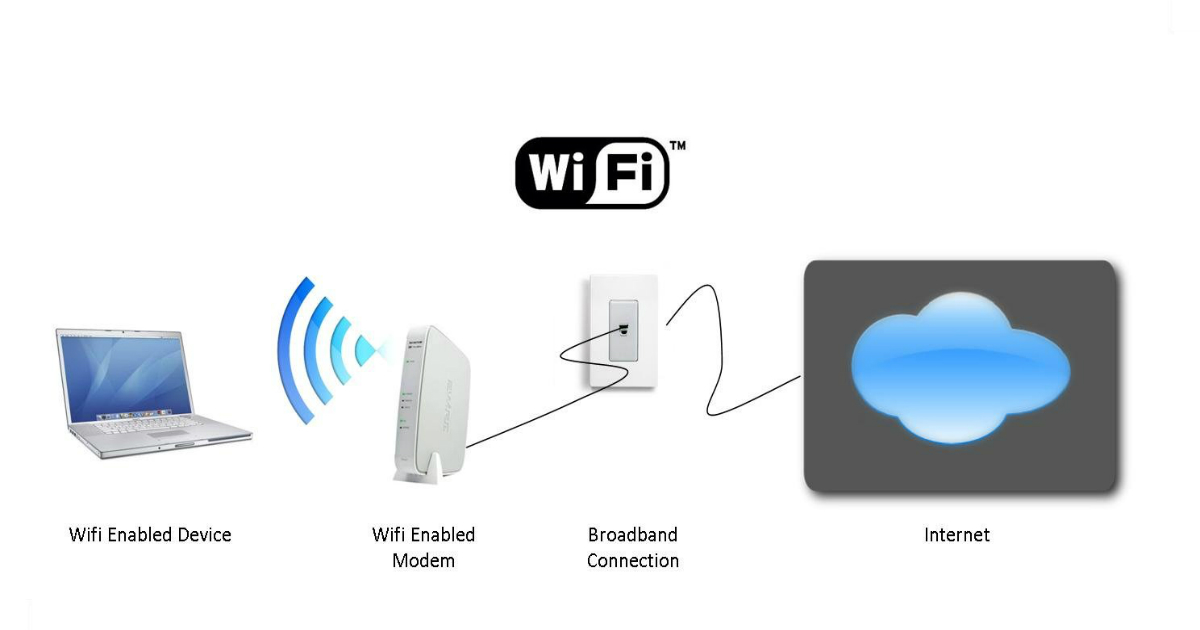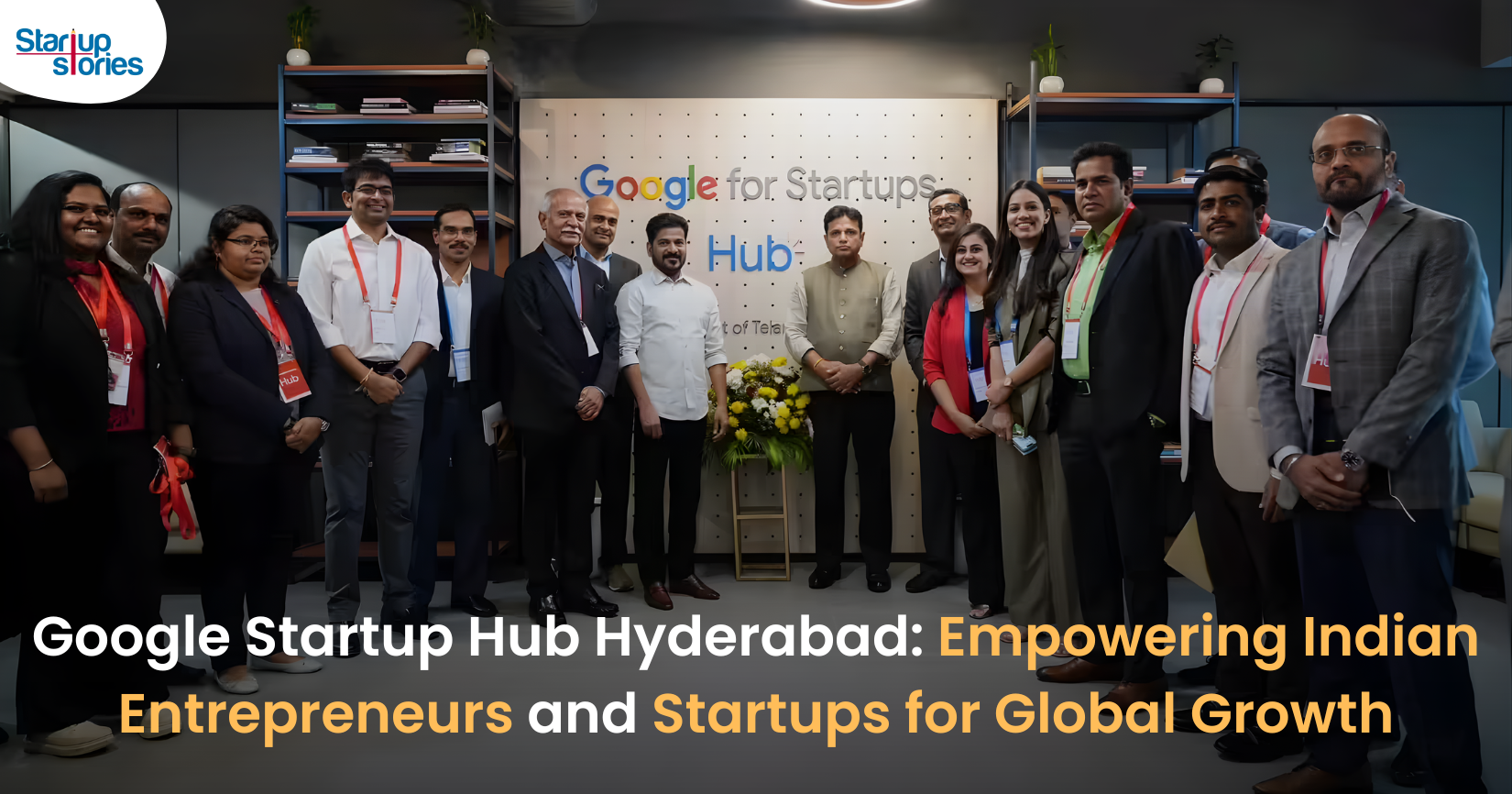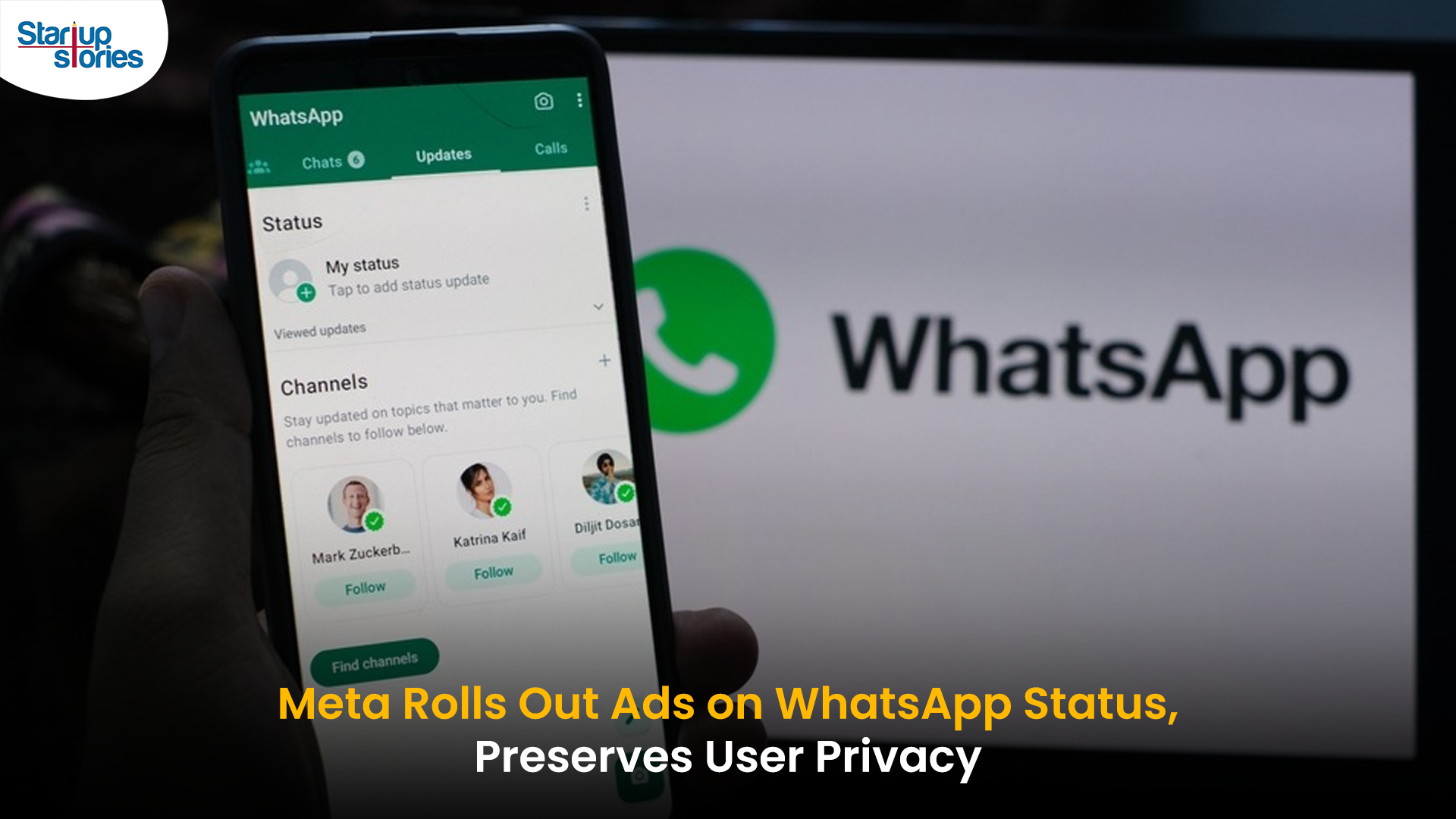Technology
Wi-Fi and How It Came To Be

Wi-Fi, formally known as Wireless Fidelity, was first released for consumers in the year 1997 when a community called 802.11 was created. While the first setup was not successful, the creation of IEEE802.11, ensured a wider success of Wi-Fi as a system. IEEE802.11 stands for Wireless Local Area Networks, WLANs, a set of standards which define communication.
Not surprisingly, there have been several people who claimed they invented this all–connecting magical device. However, like most things, credit can only go to one person and in the case of WiFi, Vic Hayes has been known as the Father of Wireless Connection. Known for chairing the 802.11 committee, Hayes was the one who established the standards which would make WiFi the technology it is today!
WLANs created a set of rules and established guidelines for how Wi-Fi worked, allowing 2 megabytes of data per second to be seamlessly transferred through a wireless connection between devices. Through the coming months, this network improved day by day and this led to the invention of routers. In the year 1999, the routers enabled the introduction of WiFi services for home use!
One of the primary ways WiFi uses technology to transmit data is through electromagnetic waves, which ran through two main frequencies (2.4 GHz: 802.11 b and 5 GHz: 802.11 a) at that time. For several years after being introduced on the home front, 2.4 GHz was the most popular choice, with the production being the most popular choice as it was used by several mainstream devices!
In the year 2009, the final version of 802.11n was introduced, increasing the efficiency of the wireless technology. With the final version of the 802.11 being cemented, the 2.4 GHz version quickly became the most sought after router. From then on, the router saw several improvements, with each version being better than the previous one. The updated 2.4 GHz router is now the preferred one, often connected with the different devices used on the home front. Now, in the present day, no one looks at what wireless technology was and how it came to be. One looks at the way WiFi makes our life easier, but not at what went into the industry. What is your favourite WiFi story? Comment and let us know!
News
Google Launches Startup Hub in Hyderabad to Boost India’s Innovation Ecosystem

Google has launched the Google Startup Hub Hyderabad, a major step in strengthening India’s dynamic startup ecosystem. This new initiative aims to empower entrepreneurs, innovators, and developers by giving them access to Google’s global expertise, mentoring programs, and advanced cloud technology. The hub reflects Google’s mission to fuel India’s digital transformation and promote innovation through the Google for Startups program.
Located in the heart of one of India’s top tech cities, the Google Startup Hub in Hyderabad will host mentorship sessions, training workshops, and networking events designed for early-stage startups. Founders will receive Google Cloud credits, expert guidance in AI, product development, and business scaling, and opportunities to collaborate with Google’s global mentors and investors. This ecosystem aims to help Indian startups grow faster and compete globally.
With Hyderabad already home to tech giants like Google, Microsoft, and Amazon, the launch of the Google Startup Hub Hyderabad further cements the city’s position as a leading innovation and technology hub in India. Backed by a strong talent pool and robust infrastructure, this hub is set to become a growth engine for next-generation startups, driving innovation from India to global markets.
Technology
Jio Unveils Cloud PC Service to Bring Affordable Computing to Indian Households

- Jio Platforms has launched JioPC, a cloud-based virtual desktop service that transforms any television connected to a Jio Set Top Box into a fully functional computer.
- Users simply connect a keyboard and mouse to access a desktop-like environment, complete with web browsing, productivity tools, and educational apps—all without needing a physical PC or extra hardware.
- The service is device-agnostic and works with all consumer PC brands, making advanced computing accessible and affordable for millions across India.
JioPC is designed to support a wide range of activities, from professional work to online learning and creative projects. By leveraging Jio’s robust cloud infrastructure, users can run even compute-intensive AI applications directly from their TV screens. The platform also ensures data security and reliability, as all files and settings are safely stored in the cloud, protecting users from data loss even if their device is reset or replaced.
With JioPC, Jio aims to democratize digital access and bring high-performance computing to Indian households at a fraction of the traditional cost. The service supports popular productivity suites like LibreOffice and Microsoft Office online, and Jio is offering a free trial to encourage users to experience the benefits firsthand. This innovative move is set to reshape how people in India work, learn, and connect in the digital age.
Technology
WhatsApp Introduces Ads in Updates Tab, Keeps Chats Ad-Free

Meta has officially begun rolling out ads on WhatsApp, ending over a decade of an ad-free experience since its acquisition in 2014. The advertisements will appear only in the Updates tab, specifically within the Status feature, which lets users share photos, videos, and text updates that disappear after 24 hours—similar to Instagram Stories.
Where Ads Will Appear
- Ads will be visible exclusively in the Status section of the Updates tab, keeping personal and group chats ad-free.
- Businesses can use these ads to encourage users to interact via WhatsApp messaging.
- Meta is also introducing paid channel subscriptions and promoted channels within the Updates tab, allowing users to access premium content and discover new channels more easily.
Privacy and Targeting
Meta has emphasized that private messages, calls, and group chats will remain end-to-end encrypted and free from advertising. Ads will be personalized using limited, non-sensitive data such as location, language, followed channels, and ad interactions. Users can further manage ad preferences if they link WhatsApp to Meta’s Accounts Center.
User and Business Impact
The move marks a major shift for WhatsApp, which has long resisted advertising to preserve a clean messaging experience. While some users have criticized the change, Meta sees this as a significant opportunity to monetize WhatsApp’s 3 billion users and over 200 million businesses on the platform.
In summary, WhatsApp’s new ads will be confined to the Updates tab, ensuring personal messaging remains private and uninterrupted, while opening new monetization avenues for Meta and businesses.













J88
November 5, 2025 at 9:04 pm
Đến với J88, bạn sẽ được trải nghiệm dịch vụ cá cược chuyên nghiệp cùng hàng ngàn sự kiện khuyến mãi độc quyền.
站群程序
November 7, 2025 at 2:10 pm
采用高效谷歌站群策略,快速提升网站在搜索引擎中的可见性与权重。谷歌站群
谷歌站群
November 9, 2025 at 7:33 pm
专业构建与管理谷歌站群网络,助力品牌实现全域流量的强势增长。谷歌站群
GO88
November 10, 2025 at 3:08 am
Tham gia cộng đồng game thủ tại Go88 để trải nghiệm các trò chơi bài, poker phổ biến nhất hiện nay.
ios超级签
November 11, 2025 at 11:47 pm
苹果签名,苹果超级签平台,ios超级签平台ios超级签苹果企业签,苹果超级签,稳定超级签名
MM88
November 13, 2025 at 8:24 pm
Khám phá thế giới giải trí trực tuyến đỉnh cao tại MM88, nơi mang đến những trải nghiệm cá cược thể thao và casino sống động.
Kuwin
November 15, 2025 at 1:22 am
kuwin sở hữu kho game đa dạng từ slot đến trò chơi bài đổi thưởng, mang đến cho bạn những giây phút giải trí tuyệt vời.
iwin
November 20, 2025 at 8:56 pm
iwin – nền tảng game bài đổi thưởng uy tín, nơi bạn có thể thử vận may và tận hưởng nhiều tựa game hấp
sg casino erfahrung
December 21, 2025 at 9:05 am
In den Online Casinos mit Lizenz aus Deutschland könnt ihr lediglich auf virtuelle Automatenspiele zurückgreifen. Nicht berücksichtigen müsst ihr
im Casino ohne Limit das Einzahlungslimit
von 1.000€ pro Monat. Alle Casinos, die mit einer Lizenz einer anderen europäischen Regulierungsbehörde agieren,
müssen diese Vorgaben nicht beachten.
Aber auch animierte Tischspiele wie Blackjack, Poker, Roulette oder Baccarat sind für uns eine Selbstverständlichkeit.
Einzig PayPal und Trustly sind „Sonderfälle“,
denn diese Dienste können nur noch in den Casinos mit deutscher
Lizenz genutzt werden. In einschlägigen Fachforen oder auf bekannten Bewertungsportalen können wir in wenigen Minuten herausfinden, wie es um den Ruf eines bestimmten Casinos ohne Einsatzlimit steht.
Bei einem Einsatzlimit, das für das Spielen mit einem Bonus gilt,
verhält sich die Sache jedoch anders. Casinos, die eine deutsche Lizenz besitzen,
sind gesetzlich dazu verpflichtet, ihren Kunden die Vorgabe zu
machen, dass ihr Einsatz maximal 1 Euro betragen darf.
References:
https://online-spielhallen.de/beste-paypal-casinos-2025-top-anbieter-einzahlen/